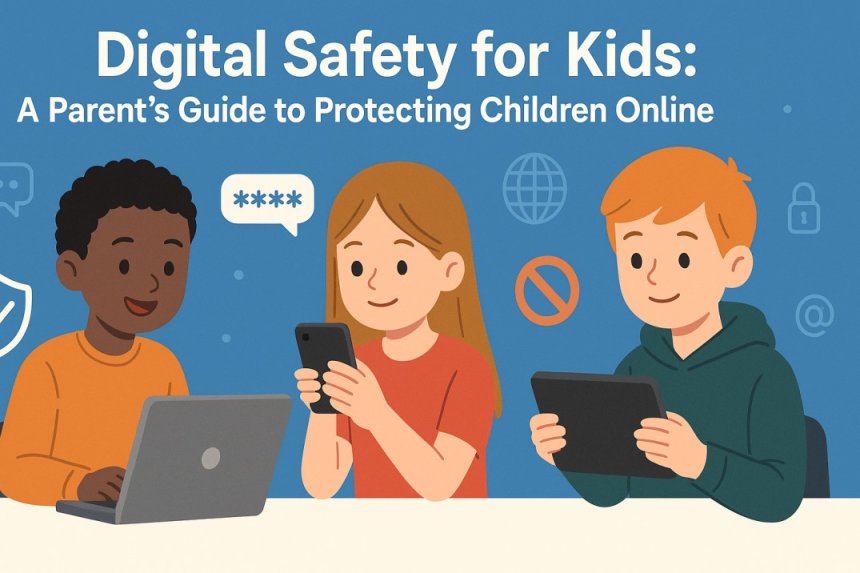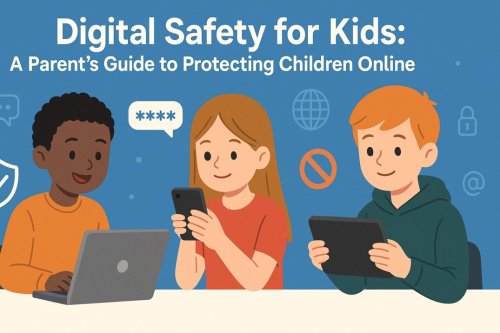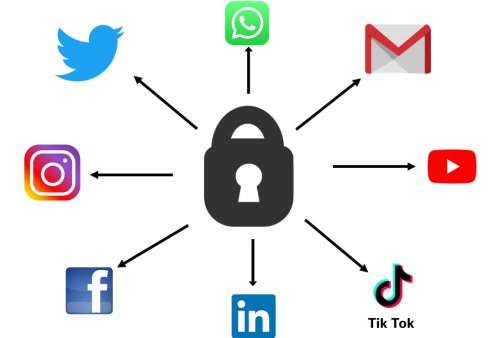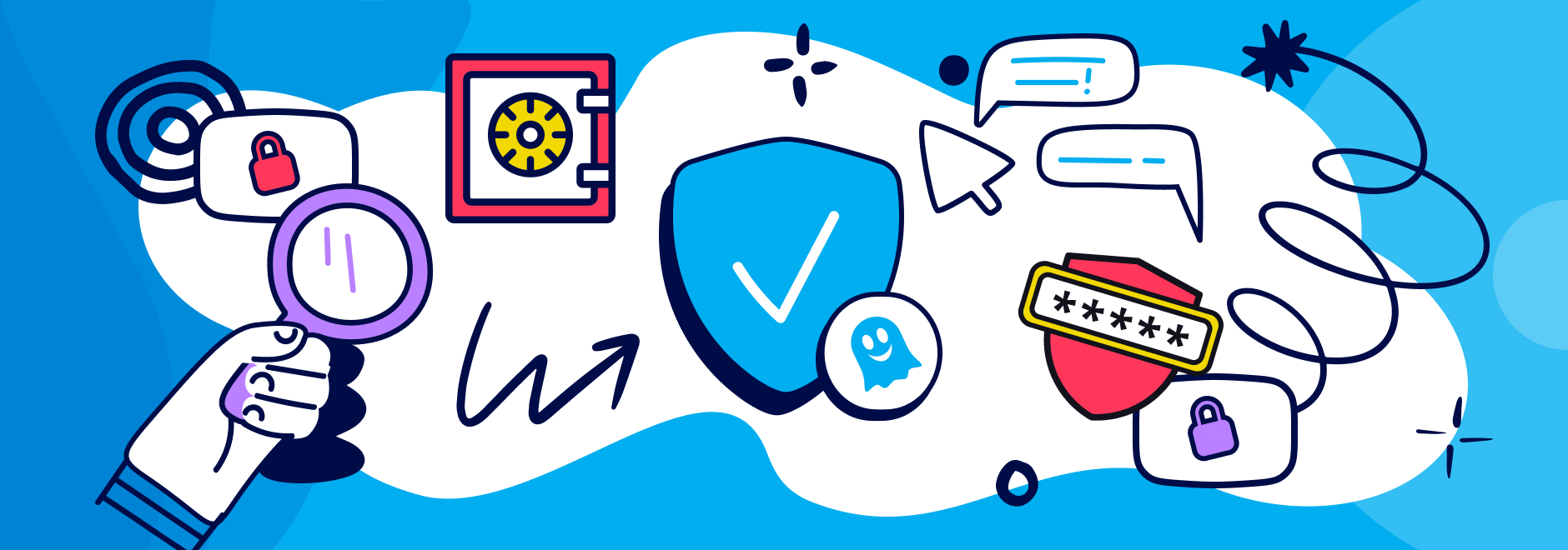Protect Your Child’s Digital World
In today’s connected world, kids spend more time online than ever before. From streaming videos to playing games and chatting with friends, every click, message, or app download creates a digital footprint. Over time, these footprints form a picture of your child’s habits, interests, and even personal information. While technology brings learning and entertainment to kids’ fingertips, it also exposes them to risks. Many parents are unaware of how much information apps, games, and social media collect about their children daily. Protecting your child’s online safety and privacy should be a top priority.

The internet has become part of a child’s everyday life — from learning to entertainment and communication. While it opens doors to endless opportunities, it also exposes children to risks that can affect their safety, privacy, and mental well-being. As a parent or guardian, it’s your role to make sure they explore the digital world responsibly and safely.
Why Online Safety Matters
Every action your child takes online leaves a trace. This data can reveal patterns about their routines, friendships, and preferences. When accessed by strangers or shared without consent, it can lead to:
- Cyberbullying or harassment – online harassment through social media, chats, or games.
- Scams targeting children
- Exposure to inappropriate content – violent, explicit, or misleading material.
- Identity theft
- Predators – individuals pretending to be friendly to gain trust.
- Privacy issues – apps or websites collecting data without consent.
Online safety is about control. It’s about teaching children what is safe to share, helping them understand who can see their information, and guiding them to make smart decisions. Establishing good digital habits early helps children navigate the internet safely.
Practical Ways to Protect Your Child Online
You don’t need to be a tech expert to keep your kids safe. Simple, consistent practices can make a big difference, like:
- Review privacy settings. Check the apps, games, and devices your child uses. Limit unnecessary access to location, contacts, or camera features.
- Create strong passwords. Encourage unique passwords for each account, and consider using a secure password manager.
- Teach responsible sharing. Explain why personal details, like full names, school info, or home address, should not be shared publicly.
- Monitor online interactions. Keep an eye on friend requests, chat groups, and messages for signs of suspicious or harmful contact.
- Use secure networks. Avoid letting children use public Wi-Fi for logins or transactions, and consider a VPN for extra protection.
Leveraging Technology for Safety
Just as technology can pose risks, it can also offer protection. Many platforms and devices include built-in safety tools:
- Parental controls. Set limits on screen time, app access, and content types.
- Safe search features. Google, YouTube, and other platforms offer kid-friendly modes to filter inappropriate content.
- Encrypted messaging. Apps that allow private, monitored communication keep kids safer online.
-
Regular updates. Keeping software and apps updated closes vulnerabilities that hackers could exploit.
Using these tools effectively helps children explore the online world while staying protected.
Building a Safety-First Mindset
Online safety is not a one-time setup; it should be an ongoing habit. Encourage children to:
- Question requests about their personal information.
- Think before clicking links or downloading files.
- Speak up and learn how to refuse if something online makes them uncomfortable.
By teaching children a safety-first approach, you empower them to make smart choices, recognize risks, and take responsibility for their digital lives.
Protecting your child’s digital world means more than just restricting access — it’s about guiding them to make wise choices online. Through open communication, clear boundaries, and continuous learning, you empower your child to enjoy technology safely and confidently.
The internet can be a wonderful place for growth and discovery — as long as it’s explored with care and awareness.
A child’s online experience should be fun, educational, and safe. By staying informed, implementing practical safety measures, and fostering awareness, parents can protect their children’s digital world. Encouraging safe habits today helps children enjoy technology confidently and responsibly tomorrow.
Share
What's Your Reaction?
 Like
0
Like
0
 Dislike
0
Dislike
0
 Love
0
Love
0
 Funny
0
Funny
0
 Angry
0
Angry
0
 Sad
0
Sad
0
 Wow
0
Wow
0













